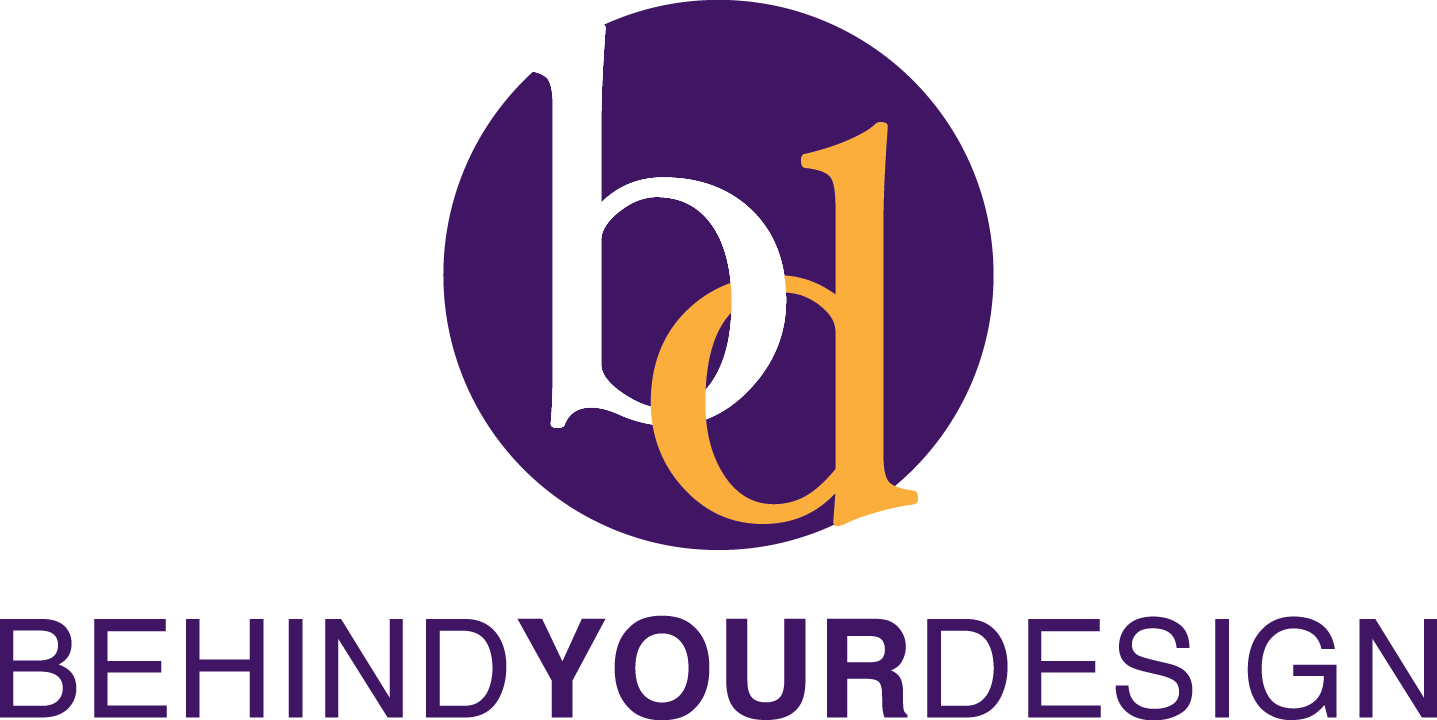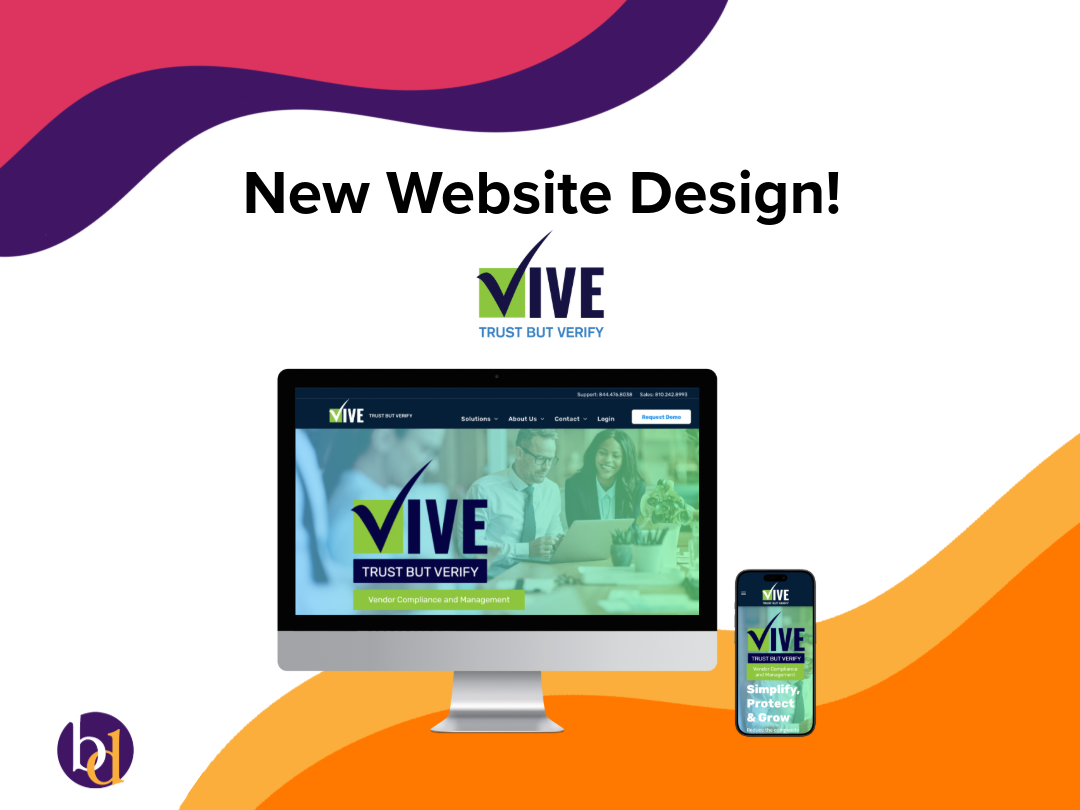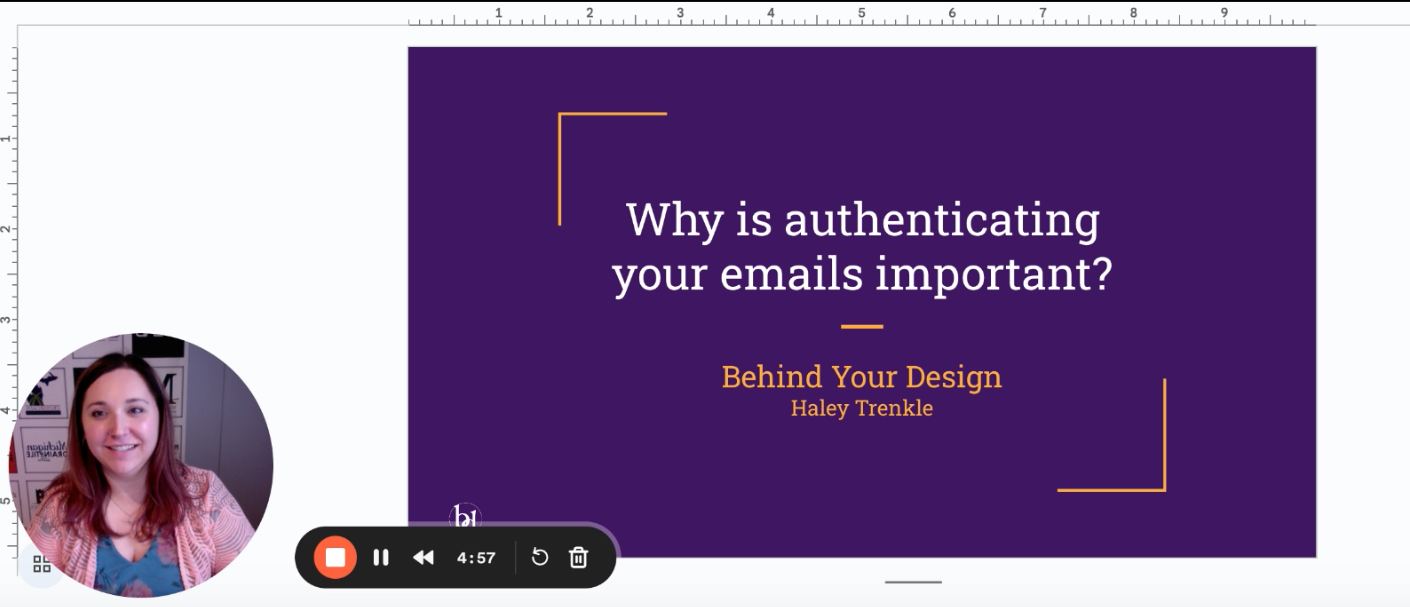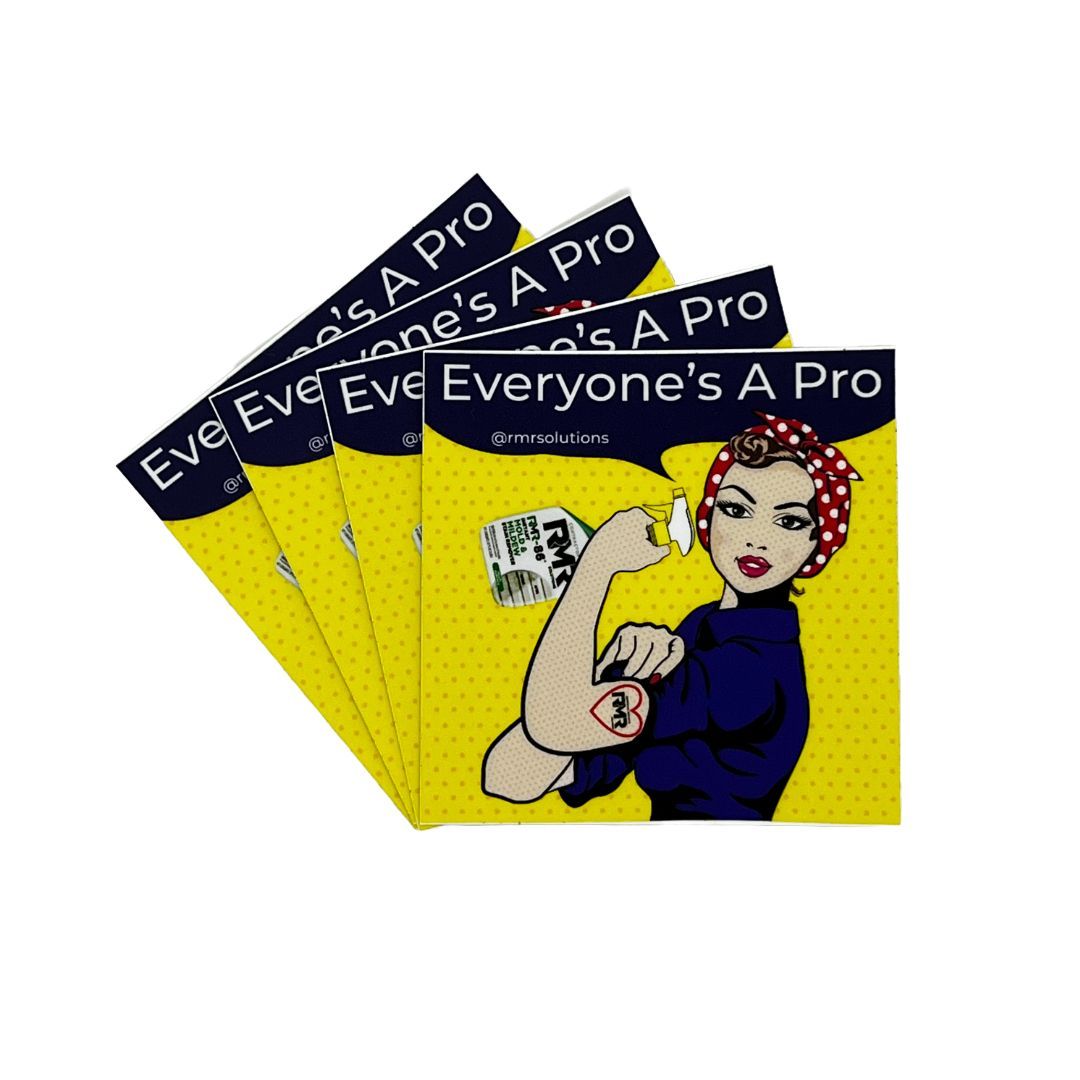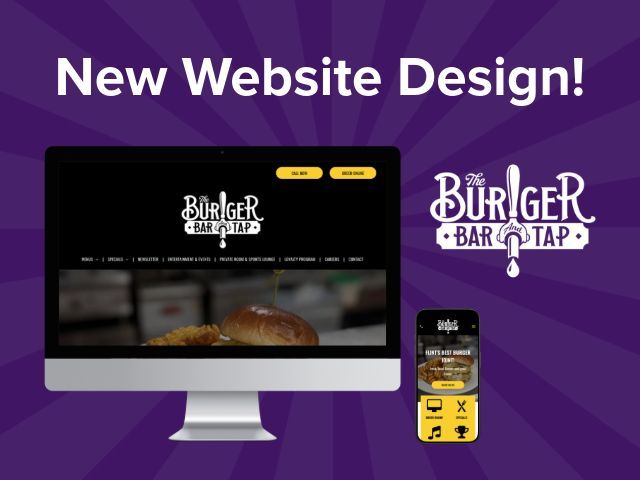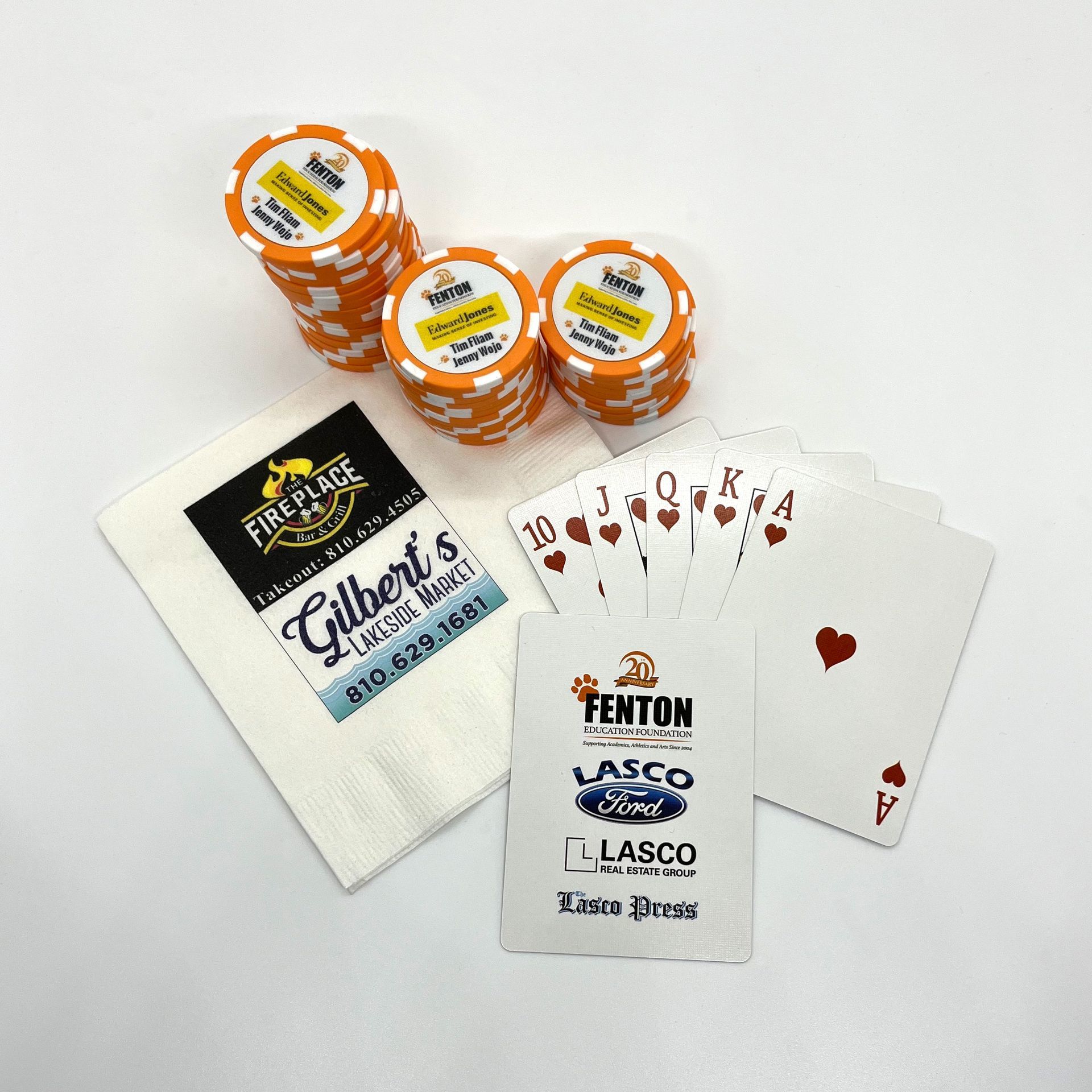Print Advertising Still Works in our Digital Age
Tips on what to do and what not to do when creating a print ad
With digital media constantly consuming us through social media, email
advertisements, mobile phone apps, Internet ads, re-marketing campaigns
and so much more it could be easy to cut print advertising from your
marketing budget because you’re told it is ineffective. After all,
everyone is always on his or her mobile devices, right?
Actually you might be surprised once you start researching it. A number
of studies show people react differently to print media than they do to
digital media. In the 2008 study published by the Journal of Research in
Reading, shows that reading ads online isn’t as effective or rewarding
as their printed counterpart.
Multimedia features of ads and physical manipulation of ads tend to
distract the reader from the focus of what they are reading and could
leave little room for imagination to come into play. The result is that
readers do not fully absorb digital media in the way they absorb print
media information.
Print advertising is fully controlled by the reader. He or she decides
how long to stay on each page and when to move away. So to fully
maximize your users experience here are a few things you should do and a
few things you should not do when working on a print ad.
DO
- Make sure you are very clear about what you are selling. Use words or images to ensure you don’t leave people in the dark.
- Use simple, clear contact information, which is easy to remember.
- Make sure your logo is in the path of the reader’s eye, a reader’s eye moves in a Z pattern across the page.
- Work with someone with design experience when designing your ad. Not only is skill necessary to make the ad look right, but your ad must compete with the other ads favorably in the publication.
- Prepare your ad ahead of time, if you can, so you can put it away for a few days and then revisit the ad with a new perspective. This will allow you time for any revisions if needed.
- Confuse the reader and assume your design is funny or clever, ask for second opinions to see if other people understand.
- Clutter your ad with multiple images, text, font styles and an abundance of information.
- Forget to have a clear call to action so the reader knows what to do next.
- Allow your contact information to be obscured in anyway by a design element. An amazing design is useless if the readers do not know how you get your product or service.
- Ask your ad to do too much.


